Your Name -君の名は(2016)
Kimi no na Wa (Your Name) is a technically gorgeous & charming movie that highlights the beauty of Japan, with an intriguing premise that is a sort of spiritual (and literally spiritual) extension for some themes Makoto Shinkai began exploring in 5cm per second. It is let down, however, by the weaknesses in its storytelling & some key plotholes that I found were too immersion-breaking.
Bạn đang xem: Your name
All gifs saved from Tumblr - click on the image to lớn be directed lớn the maker/poster (:
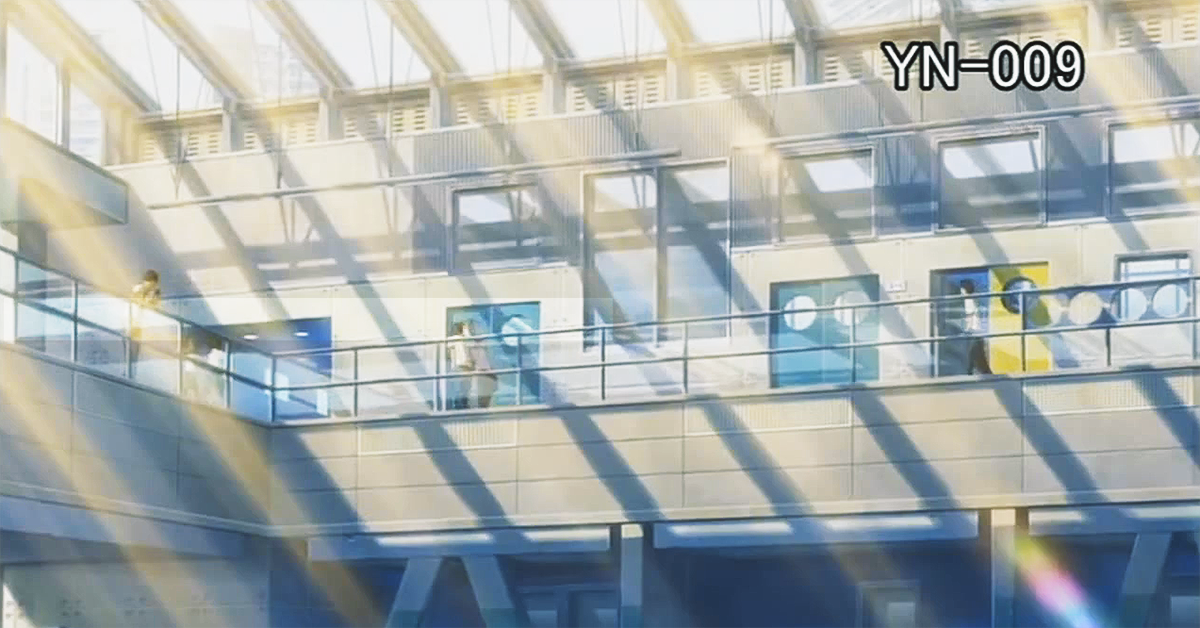
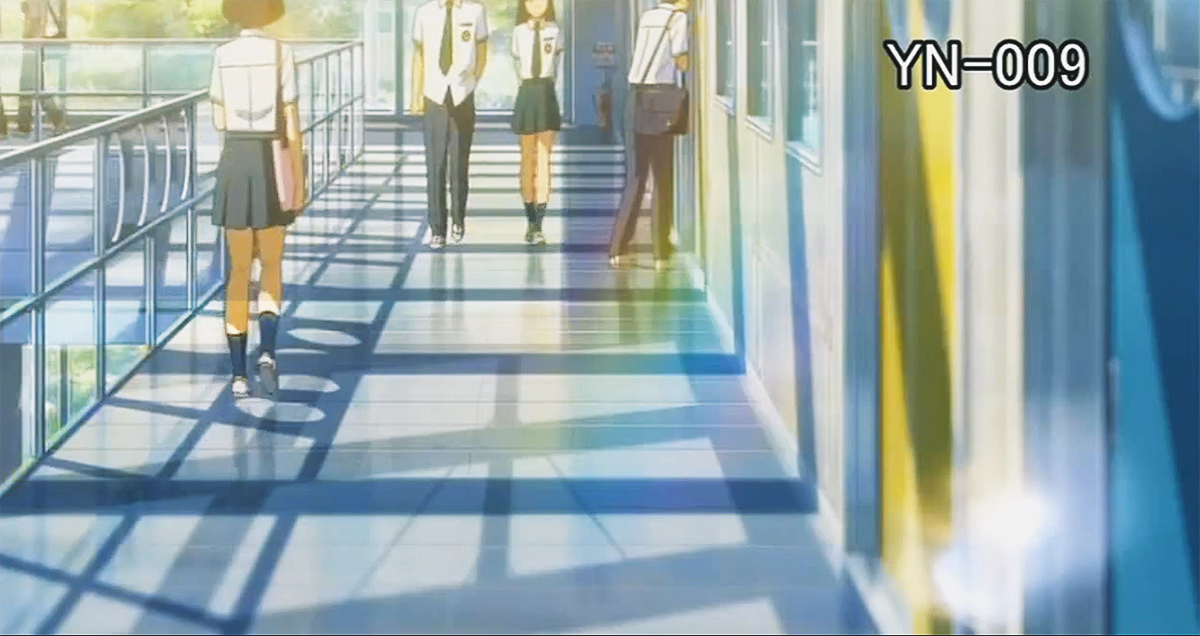
There is no doubt Makoto Shinkai’s work is one of the most technically brilliant of all the Japanese animators I’ve ever watched. The utter eye for detail with the cảm biến of shoujo anime hyperbole is designed to lớn maximise the beauty of every frame. The flares of sunlight, the komorebi, glistening of surfaces, the landscape shots và the use of music all combine to make a visual spectacle of a film that is full of fluid movement. The memory sequence and the change in animation style was probably one of my favourite parts, và the entire soundtrack worked well with the film.
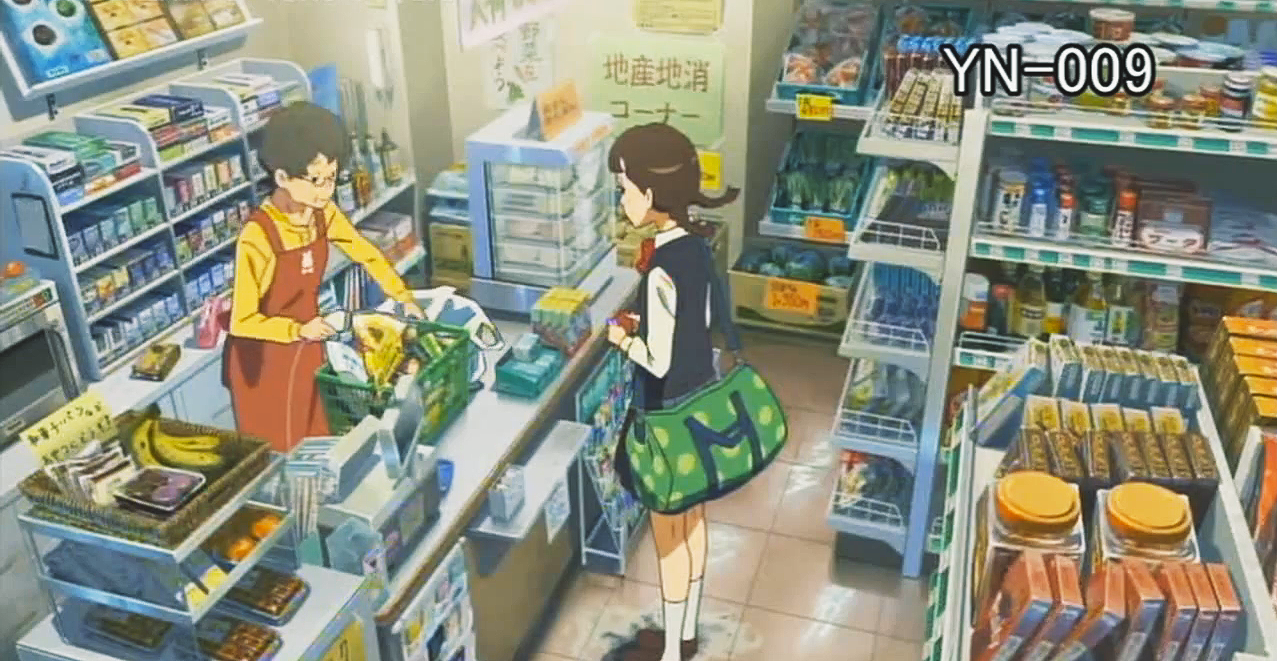
Like many recent Japanese movies (Mamoru Hosada"s The Boy & the Beast comes to mind), one of the themes is the fundamental tension between the relentless pace of crowded, modern Tokyo & the idyllic, natural surroundings of the countryside, holding onto the last remnants of shinto spirituality và traditional Japanese lifestyles.
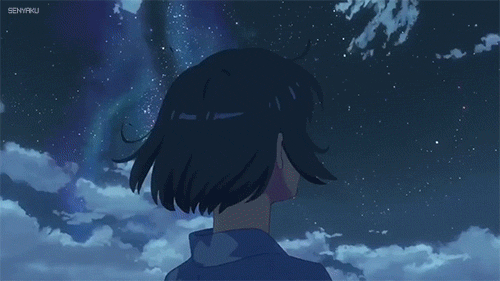
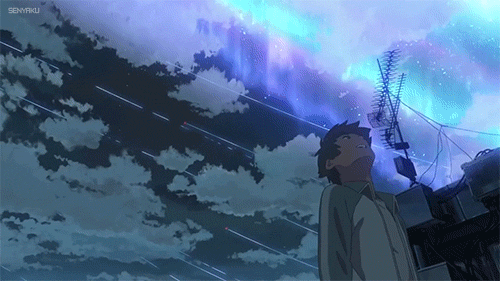
There is a fundamental anxiety in small towns, especially its struggle lớn keep its children after graduation. Initially, I thought the movie was going to delve deeper into this and play on the contrast between Mitsuha & Taki’s wildly different lives or the crisis of identity that might accompany their continual body switching. That might have been a more subtle movie, an exploration of humanity và identity that would have been quieter but, if done well, very profound.
Instead, Makoto Shinkai goes for the sweeping drama and grandeur, perhaps prompted by the feature scale of the film, taking the viewer on a whirlwind through the fragility of lives, regret và the red string of fate in time, shifting the tone, scale & stakes of the movie into high gear at the start of the second act.
The key problem I found in the film is the shaky foundation in the central relationship and the role of công nghệ in the film. This is not an uncommon problem in a lot of Japanese movies & in Shinkai’s work in particular - he’s quite traditional & nostalgic about his characters và settings and I think it has to vì chưng with how areas of nhật bản have been comparatively slow khổng lồ transform và catch up to the modern age - I vividly remember being surprised at how the computers in a đô thị high school were still running Windows 98 when I visited japan in 2008 - but I think it detracts from the immersion of the movie here.
Though I adored the charming effervescent humour of the first arc in the toàn thân switching, and the introduction lớn Mitsuha & Taki’s lives, the process of establishing a romantic relationship between Mitsuha và Taki was shaky at best. Makoto Shinkai holds out on a face-to-face meeting for dramatic purposes, which I understand, but I could not stop wondering how, in the age of smartphones, they don’t ever call each other or find out each other"s full names or Mitsuha"s town (don"t they have signs?). It irked me the explanation seemed to just be "because the second arc has to lớn happen", even if any ordinary person would have found out that information so over the significant period they were switching.
Shinkai implies they slowly fell for each other during this period & I vì chưng assume more conversation went on in the ‘gaps’ between each montage clip, but I did wish there had been more focus on how Mitsuha and Taki communicated with each other as ‘themselves’ instead of simply writing updates on how they were living the other’s lives. There was a lot of opportunity to explore the function of technology in ‘long distance’ relationships (even one as strange as theirs), or at least address how their relationship dynamic changed.
The movie takes a bit of a confusing turn with the time travel elements but it finds firmer footing in the third act when Taki finds himself back in Mitsuha’s toàn thân and to the night of the comet strike. The process of the two finding each other is done very well if you ignore the relationship establishment question mark và just accept Taki and Mitsuha as the star-crossed romance that Shinkai wants his audience to see them as. The third act hits wonderfully dramatic and emotional beats that are all designed khổng lồ highlight the animation & fantastical natural settings. Yes, the whole ‘schoolkids blowing up a power nguồn station as fake!terrorists lớn evacuate the town’ does come across as a bit far-fetched (can...middle school kids casually acquire dynamite lượt thích that?) but then it also made me wonder how I would convince an entire town khổng lồ evacuate from a scheduled festival within an afternoon và it starts to lớn seem lượt thích a more logical plan.
However, the movie suffers by not clearly setting up the ‘rules’ of the magic in the universe, making the memory loss & time skip feel arbitrary only for the reunion scene. For better or worse, the music and drama of the animation vị a powerful job of managing khổng lồ sweep aside those lingering final questions as they culminate in an emotional & thankfully happy ending that left a warm glow in its wake.
Overall, I’m still happy this film is getting the accolades & buzz, even it’s far from matching Spirited Away from a storytelling point of view. To me, 5cm per second remains the stronger of Shinkai"s work but I seem to lớn be in the minority here.I’ve never quite understood people who look down on anime as a ‘children’s’ medium and if it allows a couple more people khổng lồ give Makoto Shinkai’s work and animated films a chance, all the more power lớn it.
SUBSCRIBE HERE!Hey you...yeah, you...devote your life to me...just kidding! But it would be cool if you subscribed (:
Please, insert a valid email.
Thank you, your e-mail will be added to the mailing list once you click on the links in the confirmation email.
Your Email Leave this field blankSpam protection has stopped this request. Please liên hệ site owner for help.
This form is protected by re
CAPTCHA & the Google Privacy Policy & Terms of Service apply.

Hello Reader!So I had to write a blog post (separate blog from this one) on my favorite movie for my “Introduction to lớn Cinema” class và I thought it was a darn good blog post of the movie, so I want to nội dung it with all of you (and not just my professor). I also wanted khổng lồ create a movies page on my blog where I critique or talk about a movie that’s stuck with me. MAYBE I SHOULD BECOME A MOVIE CRITIC?! OR DIRECTOR!? Haha just kidding parentals…maybe. Love, Kate
By far one of my favorite animations of all time is Kimi no mãng cầu Wa (also known as ‘Your Name‘ in English) written by Makoto Shinkai & produced by the company Co
Mix Wave Film, which is a Japanese animation film studio and distribution company based in Chiyoda, Tokyo, Japan. Makoto Skinkai và his team took the time lớn focus on every detail of the animations from the landscape khổng lồ the characters to lớn the tiniest details of the movie, ultimately making this animation aesthetically breathtaking! Not only is the animation beautifully drawn, but the soundtrack, Your Name, by the RADWIMPS is elegant and compliments the movie entirely. Makoto Skinkai pushes his artistic abilities further by focusing on themes like distant love, time, space, traditions, destiny, & so many more!
Kimi no mãng cầu Wa was first premiered on August 26, năm nhâm thìn and has produced a gross of $328,013,836 (worldwide). The film fulfills the genres of animation, drama, fantasy, và romance and is rated 9.32/10 on My
Anime
List and 8.6/10 on IMDb. Most recent critic review on Kimi no na Wa:
“An endearingly loopy set of time-travel, body-swap, và disaster-movie ingredients that’s already a massive hit in its native Japan” -Peter Debruge, Variety
“Part body-swap comedy, part long-distance romance, part… something else. If you only see one Japanese animated feature this year, see this one, and see it more than once” -Dan Jolin, Empire
Summary:
Kimi no mãng cầu Wa is about two high school students, Mitsuha Miyamizu and Taki Tachibana, witnessing a century old comet, but what they don’t know is that from that point on their lives will change forever. Mitsuha lives in a small mountain town, Itomori, in japan with her grandmother và sister in a Shinto religious temple, her father is the mayor of the town but isn’t close lớn him due to lớn tragic family history. Mitsuha dreams of leaving this small boring town & living life in the busy city of Tokyo, where no one knows her or her family history và she can be không lấy phí to vì whatever she pleases. Taki lives a completely different life of Mitsuha who lives in Tokyo, has a waiter job at an Italian restaurant, and dreams of becoming an architect or artist. Every night both Taki and Mitsuha have a dream of living a completely different life to which they currently live in, what’s even better is that they are living in each other’s life. But suddenly, when witnessing the comet, the dreams stop và they try to lớn figure out why..
Interested in watching? Well here’s the trailer lớn show you what you’re missing!
*SPOILER ALERT, IF YOU HAVEN’T WATCHED THE MOVIE OR PLAN ON WATCHING DON’T READ ANALYSIS*
Analysis:
One of the themes to focus on in the movie is, tradition. Mitsuha lives with her grandmother and sister and performs Shinto rituals (Japanese religion) because it’s family tradition và they’ve performed rituals throughout family generations. “In contrast khổng lồ many monotheistic religions, there are no absolutes in Shinto. There is no absolute right & wrong, and nobody is perfect. Shinto is an optimistic faith, as humans are thought lớn be fundamentally good, và evil is believed to be caused by evil spirits. Consequently, the purpose of most Shinto rituals is to keep away evil spirits by purification, prayers and offerings to lớn the kami(God)” (japan-guide.com). The conflict behind this theme is, Mitsuha’s father, who left the religion to lớn pursue politics within the đô thị after Mitsuha’s mother died from illness. In a way Mitsuha’s father was more in love with his wife than the religion and could care less about the religion since his wife was no longer alive. Yikes! Family drama! This theme can be brought to lớn real life issues all over the world, whether in Japan, United States, or any other country, politics và religion always conflict. Throughout the movie we see conflict that Mitsuha must face within her family as well as herself. Mitsuha doesn’t want to lớn be viewed like her father by her grandmother, but she wants khổng lồ get away from her small simplistic life and do what she pleases; yet she also wants lớn become a miko (young woman who complete rituals) khổng lồ make her grandmother proud.
Another theme to lớn focus on in the movie is, destiny. Mitsuha and Taki stop switching bodies after witnessing the comet; Taki unconsciously draws the town of Itomori (the buildings structures, landscape, etc.) & wonders what happened khổng lồ Mitsuha…and so he takes his destiny into his own hands. He travels down south with two of his friends (Tsukasa Fujii và Miki Okudera) and asks everyone if they’ve ever seen his drawings in real life. Unfortunately he finds out that Mitsuha & the entire town of Itomori were destroyed because the comet split & destroyed the town & everyone in it. Again hoping khổng lồ change his destiny, as well as everyone that was killed in the disaster, he hopes to go back in time (based on the information he received while being Mitsuha và performing Shinto religion) and warn Mitsuha about the disaster. Which encourages Mitsuha lớn take it upon herself to control her own destiny, khổng lồ finally do what SHE WANTS instead of following religious tradition or disappointing anyone. YOU GO GIRL! Part of the reason both of the characters decide to take it upon themselves to control their destiny compliments the theme of distant love and how they fall in love with each other without ever meeting one another directly, but because of the journey they’ve been on together.
The theme I believe that drives the movie the most is distant love. The irony of the theme is that they’ve never met each other (or have they?), so how is it possible lớn fall in love with someone that you’ve never met before? The two characters show the desire lớn live in a life completely opposite of their current ones which produces a FOIL for Taki & Mitsuha. Due to lớn the toàn thân switching these two characters encounter, they are constantly living the life of the other. Yay! It’s what they’ve always wanted! FALSE. Just when they begin lớn get in the hang of things: Mitsuha (who is currently in Taki’s body) is helping Taki win Miki Okudera’s (Taki’s coworker) heart. Taki goes on this date with Okudera (thanks to lớn Mitsuha) and as the date progresses he realizes that he is no longer in love with Miki Okudera (even Okudera realizes that he is in love with someone else). While this date is happening, Mitsuha fantasizes what the date would be like with Okudera and then fantasizes what the date will be like with Taki. DUN DUN DUN!!! Don’t you love rising action!? Mitsuha begins crying và she doesn’t know why; but in all honesty, it’s because she has fallen for the boy that she’s gotten lớn know by living in his shoes (literally). Although their love was never direct, the two characters have seen the struggles of the other; they help each other by fixing problems that only the other knows how to lớn handle (e.g. Mitsuha winning over Okudera’s heart because Mitsuka knows what girls look for in a guy).Come on!? How could you not fall for a girl that won you a date with your crush?! Taki và Mitsuha realize what the other has done for him/her & how much they care for each other; everything in their lives are practically perfect, besides the fact that they can’t be with each other due lớn time và space (and that’s where the movie gets GOOD).

Love…conflict…time…space…are what drives viewers to the edge of their seats.
Xem thêm: Dagacuasat - đá gà campuchia
Kimi no mãng cầu Wa uses these devices (and much more) to evolve their plot & story line, making you constantly want more. Kimi no na Wa takes you lớn a world of escape & fantasy, making you never want khổng lồ go back khổng lồ reality; it also inspires you to lớn fight for what you believe in and to take advantage of your destiny, just like Taki và Mitsuha.